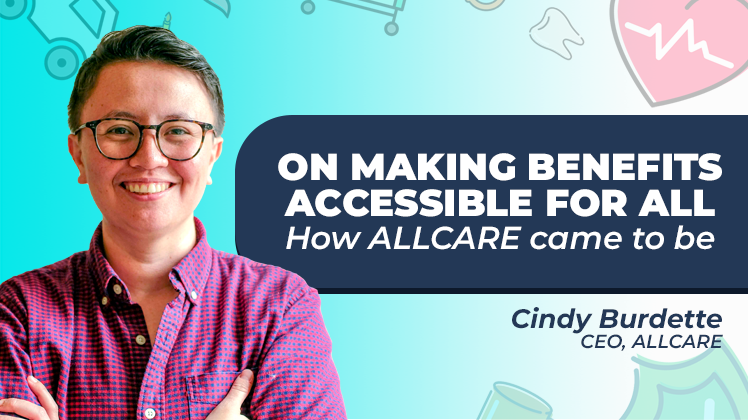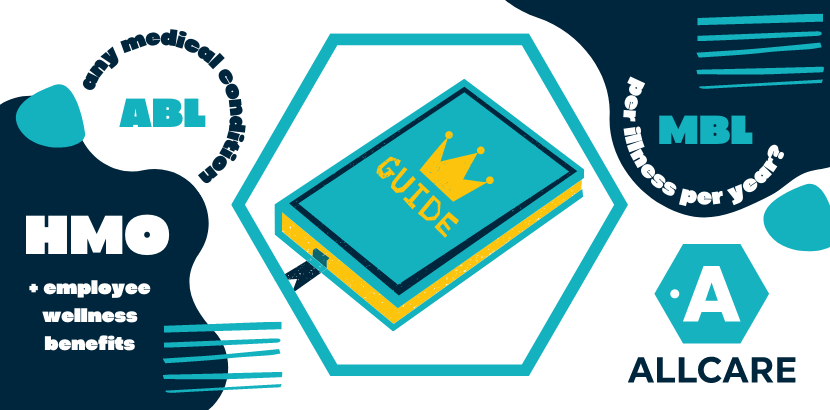The Health Insurance Gap in the Philippines is no invisibility cloak.
In the year 2017, Statistics revealed that the total health expenditure in the Philippines was estimated at P684 billion with P373 billion of it covered out-of-pocket, meaning covered by the patient him/herself. Most Filipinos are familiar with Health Maintenance Organizations aka HMOs and PhilHealth as the “safety net” as it is built to help employers provide care for their employees by lessening the financial burden on them when it comes to expansive medical expenses. However, most memberships made in HMOs are dominated by corporate or group plans, making the privileges along with these subscriptions exclusive to employees of big companies.
This selective state of employee healthcare benefits stems from the high cost, prioritization of headcount, and complex requirements by HMOs. This hinders the collective advancement of society as those in the SME sectors remain underserved. For many Filipinos, healthcare remains to be inaccessible, even impossible to retain but this should simply not be the case anymore.
This is the gap ALLCARE aims to bridge, here we stand with the underserved freelancers, solopreneurs, and SME owners by integrating these two:
1. Educating communities about the cruciality of investing in a healthcare plan
2. Providing opportunities and making them easily accessible for anyone who would like to avail.
For the years following the pandemic, various HMO packages became widespread as well as health prepaid bundles that cover specific medical services that allow people to be insured, to avail of medical services in exchange for a fixed monthly or annual fee. Each can appear very enticing but what works for big corporations may not be the same case for SMEs. And so, it is an absolute must to research and consider each option thoroughly before choosing the healthcare plan most suitable for your employees.
Let’s put it this way: There may be 2 kinds of employees in the workforce, Employee A (has multiple illnesses in a year) and Employee B (rarely gets sick, mostly common to emergency cases) .
Weighing down their conditions will lead you to determining which is the right plan.
Types of Benefit Limits:
Maximum Benefit Limit (MBL)
The MBL is commonly known as the “per-illness-per-year” program which grants an amount of consumable limit that can be utilized by an employee per disease, per year. HMOs usually offer a high amount of coverage and so it may be easy for most to assume that it is the most reliable choice- (a 100k budget per illness per year?! Are you for real?) big numbers should mean good, right?
Suppose that Employee A (who has a pre-existing condition) gets sick with pneumonia and is in need of medical treatment, the total amount spent from diagnosis to treatment of his PEEC is separate, and will not be deducted to the total cost of treatment for pneumonia because per illness is automatically covered by insurance as long as the cost is still within the MBL plan for that year. And should Employee A get sick again in the same year, his MBL plan’s got him covered.
But here’s the catch:
In MBL, the coverage of every illness that you have is still up to the discretion of HMOs, meaning that the availment for the treatment of certain diseases that you have or may have unexpectedly is not guaranteed.
And so, the value proposition of an MBL tells us it is the most sound choice if you are likely to get sick a lot but the ideal hires fall under Employee B, fairly healthy and productive employees who need healthcare benefits they can fully avail when they need it. This is where the flexibility of ABL gains the upper hand.
Annual Benefit Limit (ABL)
Now, how does it work if Employee B with an HMO plan with an ABL of 100k is the one who gets sick with pneumonia?
If the total amount reaches 45,000 all in all, Employee B’s ABL plan can cover the whole cost and leave Employee B with a remaining balance of 55,000 which she can use for ANY medical treatments as long as the cost is within the coverage limit for a year.
Some may fear the uncommon, but when it comes to getting the right health plan, your decisions should be based more on the plan itself and the providers’ background more than the grandiose numbers. The ABL is branded as the more “comprehensive” program as it is hassle-free, timesaving, and straightforward just like ALLCARE’s ABL plan wherein our members can easily apply for and claim their benefits through our dashboard system. On top of sickness coverage, we also include a benefits package with wellness perks to ensure that employees are taken care of in every aspect of their health.
Ultimately, we can deduce that the utilization of a high MBL might be unrealistic and costly especially for budding entrepreneurs. In point of fact, our member usage data tell us that the average utilization of employee benefits is at P2000/year which is merely 1% of the 200K worth of benefits that our ABL plan offers.
One’s future health state is generally fraught with uncertainty. This uncertainty biases an individual’s capacity to adequately prepare, financially or otherwise. For such occurrences, SME business owners can help provide their employees social security, and they can do it best with a comprehensive ABL program.
Want to learn more? Book a free consultation with ALLCARE today!
Sources:
Funa, D. A. B. (2019, June 18). The health insurance gap in the Philippines - BusinessMirror.
Related Articles

Mar 04, 2020

Apr 07, 2020

Feb 04, 2020

Dec 10, 2019

Mar 06, 2020


